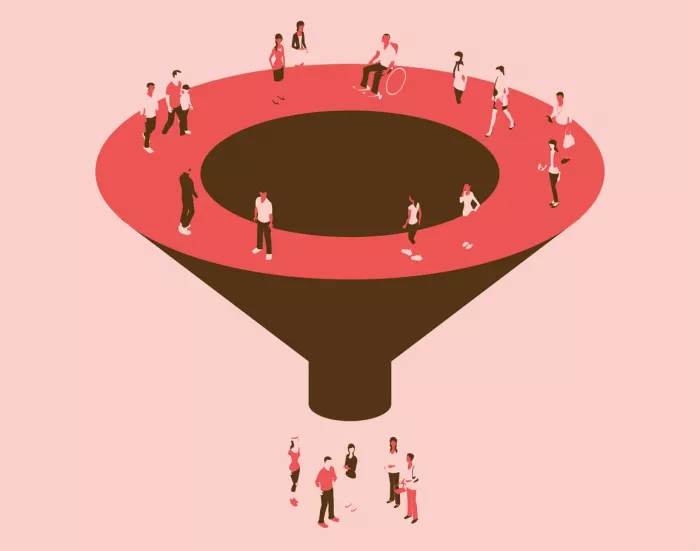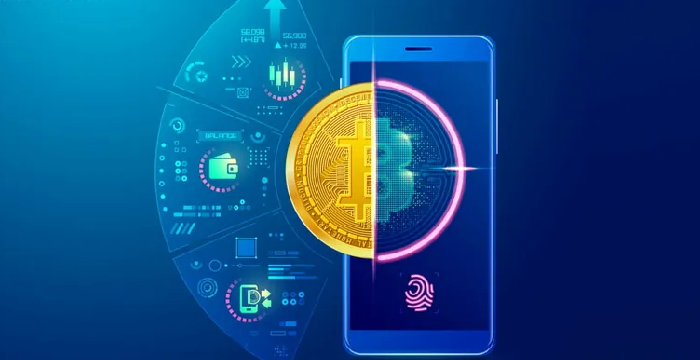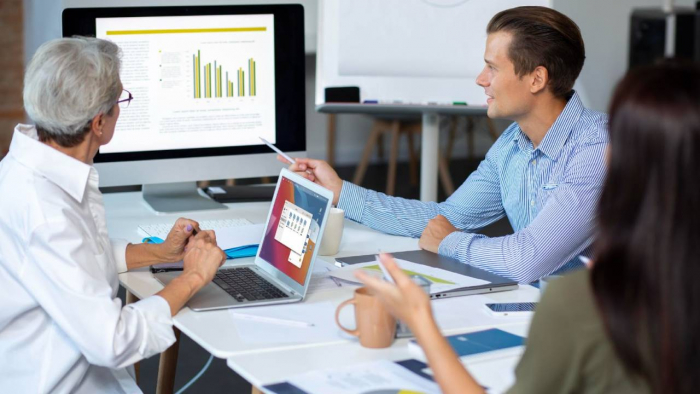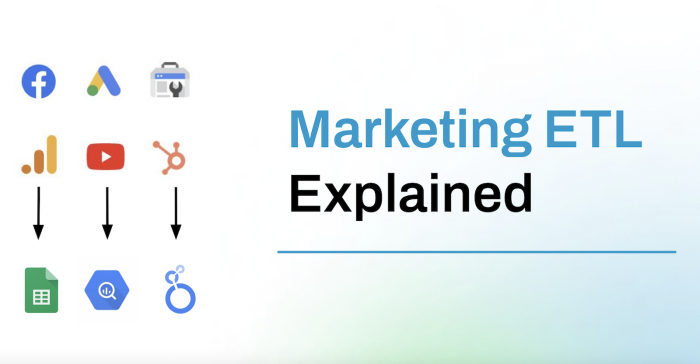The B2B sales funnel is more than a marketing buzzword—it’s a strategic framework guiding leads from initial awareness to conversion. Whether you're looking up “sales funnel b2b”, exploring “b2b sales funnels”, seeking “b2b sales funnel examples” or optimizing your “sales funnel for b2b” business, this guide gives you clarity and steps for real-world transformation.
1. What Is a B2B Sales Funnel?
A B2B sales funnel is a visual model that maps how prospects transition from discovering your company to becoming loyal customers. Unlike B2C funnels, B2B is nuanced, addressing multiple stakeholders, longer sales cycles, and consultative selling.

Key distinctions:
| Feature | B2B Funnel | B2C Funnel |
| Decision Makers | Multiple (e.g. Purchasing, IT) | Usually one |
| Sales Cycle | Weeks to months | Days to weeks |
| Content Type | Case studies, demos, whitepapers | Promotions, visuals |
| Buyer Journey | Consultative & iterative | Often linear |
2. Funnel Stages Explained
Most b2b sales funnels follow a structured sequence, though stages may overlap:
- Awareness – When prospects first learn about your brand
- Interest – They begin engaging with content, newsletters, or initial contact
- Evaluation – They compare options, attend demos, or speak with sales
- Decision – Negotiations and pricing discussions occur
- Action (Purchase) – The deal closes, contract signed
- Retention & Advocacy – Post-sales service, upsells, referrals
3. Why Your B2B Funnel Matters
Understanding and optimizing your funnel:
- Builds a scalable, measurable sales process
- Boosts conversion rates at each stage
- Clarifies alignment between marketing and sales teams
- Identifies where leads drop off or stall
McKinsey data highlights success: companies with 7+ channels grow faster, yet less than half use just one.
4. Building Your B2B Funnel: Step-by-Step
A) Define Your Audience & Personas
Research firmographic and technographic traits. Build personas reflecting pain points, roles, and buying power.
B) Map Customer Journey
Track content needs and decision criteria across each stage, from TOFU (top) to BOFU (bottom).
C) Develop Content & Tactics
- Awareness: Blogs, social ads
- Interest: Webinars, ebooks, checklists
- Evaluation: Case studies, product demos
- Decision: Proposals, ROI calculators
- Retention: Support forums, newsletters
D) Align Marketing & Sales
Coordinate hand-offs, KPIs and MQL/SQL definitions to avoid friction.
E) Implement Tools & Automations
Use CRMs, email sequences, chatbots, and A/B testing at conversion points.
F) Analyze & Optimize
Measure funnel conversions, run A/B tests, iterate copy, CTAs, design based on data.
5. B2B Sales Funnel Examples
Example A—SaaS Company Funnel:
- Blog post: “How to reduce procurement bottlenecks”
- Lead magnet: “Checklist: Enterprise procurement ready?”
- Email sequence introduces product/features
- Interactive demo sent, followed by a trained sales call
- Contract signed, onboarding begins
Example B—Manufacturing Company Funnel:
- PPC ads targeting plant managers
- Whitepaper: “Cut production costs 20%”
- Webinar invite to show ROI & live Q&A
- Meet at trade show, collect leads
- Proposal & contract with volume pricing
These examples illustrate how tactics shift with verticals—but the funnel architecture stays consistent.
6. Common Pitfalls & How to Avoid Them
- Neglecting funnel leaks: Track drop-offs with analytics and CRM data
- Misaligned teams: Establish joint SLAs and regular sync meetings
- Content gaps: Audit your funnel and fill missing assets
- Poor data integration: Ensure seamless tracking across tools
- No feedback loops: Use sales insights to refine marketing campaigns
7. Metrics That Matter
| Metric | Funnel Stage | Why It Matters |
| Traffic volume | Awareness | Indicates reach |
| Lead conversion rate | Awareness → Interest | Shows content effectiveness |
| MQL → SQL conversion rate | Interest → Evaluation | Reflects lead quality & alignment |
| SQL → Opportunity rate | Evaluation → Decision | Signals pipeline health |
| Win rate | Decision → Purchase | Reveals closing effectiveness |
| Customer retention rate | Post-purchase | Reflects long-term value |
| Time-to-close | Full funnel | Efficiency of buyer journey |
Tracking these helps pinpoint where to focus improvement efforts.
8. Real-World B2B Funnel Examples
- RAIN Group highlights six funnel stages and the shift toward omnichannel buying
- Spotio network uses: Awareness, Interest, Evaluation, Decision, Purchase, Retention
- Sybill clarifies unique stages including Engagement and Negotiation in high-touch deals
9. Innovative Funnel Enhancers
- Guided Selling: AI-powered decision paths support both buyers and reps
- Interactive Demos: Walnut enables trial experience at multiple funnel stages
- Full-Funnel CTV Ads: Combine awareness and remarketing with connected TV strategies
- Flywheel vs Funnel: Emphasize cycle of advocacy and ongoing retention at bottom of funnel
10. B2B Sales Funnel Summary
- A B2B sales funnel maps buyer journey from awareness to retention.
- Includes 5–6 stages and requires layered strategies per stage.
- Pitfalls arise from misalignment, content gaps, or data siloes.
- Metrics, regular audits, and integrations maintain an optimized funnel.
- Advanced tactics like interactive demos and guided selling differentiate leaders.
- Post-purchase engagement turns customers into advocates, fueling growth.
Getting Started Checklist
- Define your funnel stages and KPIs
- Audit existing content and tools
- Build personas and map the journey
- Develop missing assets
- Align teams with a funnel SLA
- Implement tracking and analytics
- Test landing pages, emails, and CTAs
- Launch and review weekly
- Iterate quarterly based on data
- Add retention/advocacy tactics
Want a Full-Funnel CRM & Sales Acceleration?
Ringy.com empowers your team to build, automate, and optimize your entire B2B sales funnel with:
- A unified CRM & calling platform
- Pipeline visibility from lead to renewal
- Calling analytics and tracking
- Automated follow-up sequences
- Integrations with email, ads, and scheduling
Take your sales funnel for B2B to the next level. Get started today with Ringy.
Post Comment
Be the first to post comment!





